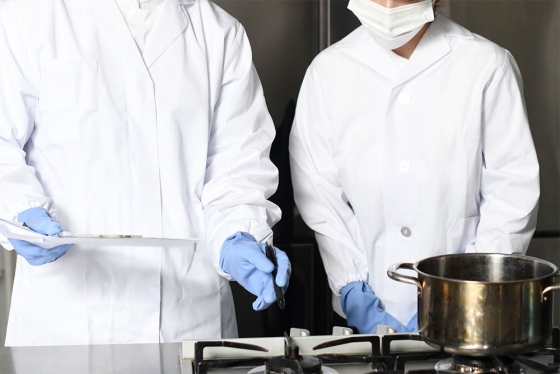When sourcing commercial kitchen equipment from China, international buyers must navigate a complex landscape of opportunities and challenges. From ensuring product quality to optimizing logistics, here’s a comprehensive guide to making informed decisions.

Strict quality inspection ensures consistent quality for global buyers.
1. Prioritize Quality Certification and Compliance
China’s manufacturing sector has evolved significantly, with many factories now adhering to international standards like ISO 9001 and CE certifications. However, not all suppliers meet these benchmarks. Always verify certifications through third-party audits or platforms like Alibaba’s Supplier Assessment Reports. For example, a 2024 study found that 60% of commercial kitchen equipment exporters in Guangdong Province hold ISO certifications, but only 30% comply with EU safety regulations.
Transition: While certifications are critical, they’re only the first step. Next, evaluate suppliers holistically.
2. Conduct Rigorous Supplier Evaluations
Avoid relying solely on online profiles. Schedule video factory tours to inspect production lines, raw materials, and testing processes. Key questions to ask:
How long have you specialized in commercial kitchen equipment?
Can you provide references from global clients?
What’s your defect rate and after-sales process?
Case in point: A U.S. buyer reduced procurement risks by partnering with a Shenzhen-based manufacturer that offered transparent production timelines and real-time quality control updates.
Transition: Once you’ve shortlisted suppliers, focus on cost optimization without compromising quality.
3. Balance Cost Efficiency with Value
China’s competitive pricing often attracts buyers, but hidden costs (e.g., tariffs, shipping delays) can erode savings. Use these strategies:
Bulk Purchasing: Negotiate volume discounts for standardized equipment like fryers or ovens.
Modular Design: Opt for customizable components to reduce replacement costs.
Local Partnerships: Work with freight forwarders familiar with China-Europe rail routes or the New International Land-Sea Trade Corridor to cut logistics expenses.
For a deeper dive into cost-saving tactics, explore our guide on How to Reduce Costs When Sourcing Commercial Kitchen Equipment from China.
Logistics planning is equally vital to ensure timely deliveries.
4. Optimize Logistics and Customs Compliance
China’s export documentation can be daunting. Ensure suppliers provide:
Fumigation Certificates (for wooden packaging).
Commercial Invoices with Harmonized System (HS) codes.
CE/UL Certificates for customs clearance.
Pro Tip: Use Incoterms like FOB (Free on Board) to clarify responsibility boundaries. A German buyer reduced lead times by 20% using FOB contracts with Shanghai-based suppliers.
Transition: Post-delivery support is crucial for long-term partnerships.
5. Secure Reliable After-Sales Support
Technical breakdowns can disrupt operations. Prioritize suppliers offering:
Warranty Periods: Minimum 1–2 years for heavy-duty equipment.
Local Repair Networks: Partners in your region for faster service.
Training Resources: Multilingual manuals or video tutorials.
A UK café chain avoided downtime by choosing a Guangzhou manufacturer with a 24/7 multilingual helpline and spare parts warehouses in Birmingham.
6. Stay Updated on Regulatory Changes
China’s export policies and sustainability mandates evolve rapidly. For instance, 2025 updates to China’s “Dual Carbon” policy require energy efficiency labels on industrial appliances. Subscribe to trade bulletins or partner with local chambers of commerce for real-time updates.
 KingHigher
KingHigher
